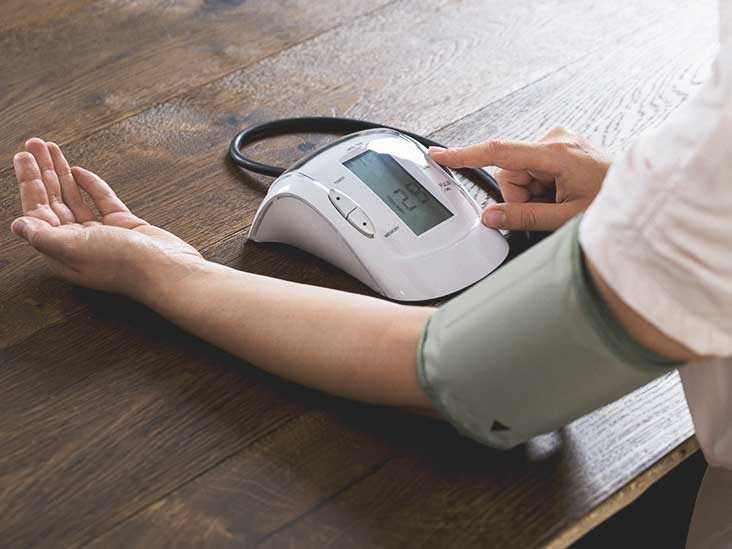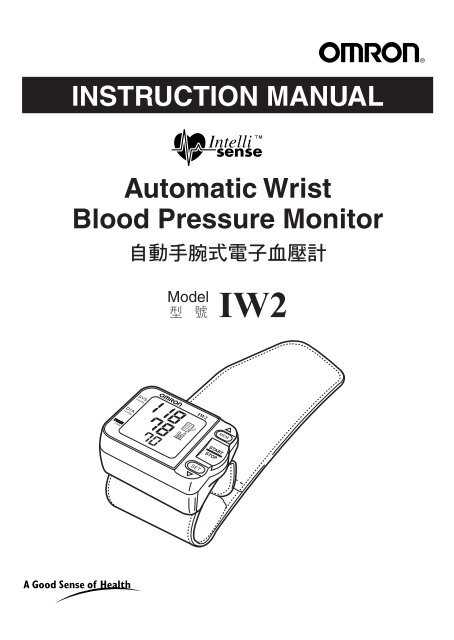
Accurately assessing the state of your cardiovascular system is crucial for maintaining overall health. This process involves using a device to measure specific vital signs, providing essential information about how well your heart and blood vessels are functioning. Mastering this technique allows individuals to track their wellness and respond promptly to any irregularities.
With the right approach, anyone can become proficient in using this equipment. Proper technique not only ensures precise readings but also enhances the effectiveness of monitoring. This guide will walk you through the fundamental steps and best practices to effectively utilize the device for reliable and consistent measurements.
Understanding Manual Blood Pressure Measurement

Measuring the force exerted by the circulating fluid on the walls of the arteries provides crucial information about cardiovascular health. This process involves a technique where a cuff is applied to the upper arm and inflated to temporarily restrict blood flow. By listening to the sounds that occur as blood flow resumes, practitioners can determine key metrics that reflect the condition of the circulatory system.
The Basics of the Technique

At the core of this assessment is the use of a sphygmomanometer and a stethoscope. The sphygmomanometer comprises an inflatable cuff connected to a gauge that measures the amount of pressure. The stethoscope is used to detect the characteristic sounds known as Korotkoff sounds, which are essential for accurate readings.
Interpreting the Readings

The recorded values typically consist of two numbers. The first, or systolic value, reflects the pressure during heartbeats when blood is pushed out. The second, or diastolic value, indicates the pressure when the heart is at rest between beats. These figures are vital for evaluating heart function and overall vascular health.
Choosing the Right Blood Pressure Cuff

Selecting the appropriate arm sleeve for measuring circulatory force is essential for ensuring precise readings. The right fit and design can significantly impact the accuracy and comfort during use. This section will guide you through the key factors to consider when picking the most suitable option.
Size Matters: One of the most crucial aspects is the size. An incorrectly sized sleeve can lead to inaccurate results. Ensure that the sleeve is appropriately matched to the circumference of your arm. Most sleeves come with size indications to help you choose the right fit.
Material and Comfort: The fabric and construction play a role in both comfort and durability. Look for a sleeve made from high-quality, soft materials that won’t cause irritation or discomfort during use.
Ease of Use: Consider how easy it is to put on and secure the sleeve. Some models feature Velcro closures or other mechanisms that make them simpler to adjust and fasten. A sleeve that’s easy to use will make the process smoother and more efficient.
Compatibility with Your Device: Ensure the sleeve is compatible with your measuring device. Some sleeves are designed for specific models, so it’s important to check the specifications before purchasing.
By considering these factors, you can select a sleeve that will provide accurate readings, enhance comfort, and be compatible with your measuring equipment.
Steps for Accurate Blood Pressure Reading

Ensuring a precise assessment of your circulatory health requires careful attention to technique. By following a structured approach, you can achieve consistent and reliable results. Here are key steps to ensure an accurate evaluation of your cardiovascular condition.
First, find a quiet space where you can relax. Sit comfortably with your back supported and both feet flat on the floor. Rest your arm on a table at heart level, ensuring it is relaxed and not tensed. Proper positioning is crucial to avoid misleading results.
Next, wrap the cuff snugly around your upper arm, just above the elbow. Make sure there is no clothing between the cuff and your skin. The placement of the cuff is essential to obtain a correct measurement.
Finally, remain still and avoid talking during the process. This helps in achieving a steady and accurate reading. Record the result immediately after the measurement to keep track of your health over time.
Common Mistakes to Avoid During Measurement

Accurate readings rely on proper technique. Small errors can lead to incorrect results, which may affect your understanding of one’s health status. Below are some common pitfalls to be aware of and avoid during the process.
- Incorrect Positioning: Ensure the individual being measured is seated comfortably with their back supported and feet flat on the floor. Legs should not be crossed, as this can affect circulation and lead to skewed results.
- Poor Cuff Placement: The cuff should be snug but not too tight, and positioned at the same level as the heart. A cuff placed too high, low, or loosely wrapped may provide inaccurate information.
- Inadequate Rest: The person being measured should rest quietly for at least 5 minutes before taking a reading. Rushing this step can result in elevated measurements.
- Talking or Moving: Any conversation, movement, or even minor adjustments during the process can impact the final numbers. Both the individual and the person taking the reading should remain still and silent.
- Ignoring Repeated Readings: It’s important to take multiple readings, especially if the first result seems unusual. Waiting a minute or two between readings ensures a more consistent and reliable outcome.
Interpreting Your Blood Pressure Results

Understanding the significance of your readings is crucial for maintaining your well-being. Each result you obtain offers insights into your overall cardiovascular health. These numbers, when analyzed correctly, provide a snapshot of how your heart and vessels are functioning.
Results generally fall into specific ranges that indicate different levels of health. A consistent pattern within a certain range might suggest a stable condition, while fluctuations could signal potential issues. Recognizing where your readings stand in these ranges can help you determine the necessary steps to maintain or improve your health.
Normal Ranges: Readings within this range suggest that your cardiovascular system is functioning as expected. Maintaining these values is typically a sign of good health.
Elevated Levels: Slightly higher results might indicate a need for lifestyle adjustments. It’s important to monitor these numbers and take proactive measures to prevent further increases.
High Readings: Results in this range often require medical attention and potential intervention. It’s crucial to address these levels promptly to avoid complications.
By regularly monitoring and interpreting your results, you can make informed decisions about your health. Understanding the meaning behind these numbers empowers you to take control of your well-being.
How to Maintain and Calibrate Your Device

Proper upkeep and precise calibration of your health-monitoring equipment are essential to ensure accurate readings and long-term reliability. Regular maintenance helps extend the lifespan of your unit, while proper calibration ensures that the readings it provides remain trustworthy.
Regular Maintenance Tips

Maintaining your device involves simple yet effective practices. Begin by storing it in a cool, dry place, away from direct sunlight and excessive moisture. Keep the device clean by gently wiping it with a soft cloth, avoiding harsh chemicals that could damage the components. Ensure that the cuff, if applicable, is kept in good condition, checking for any wear or tear regularly.
Calibration Guidelines

Calibrating your equipment periodically is crucial for ensuring its accuracy. Follow the manufacturer’s instructions for calibration frequency, which may vary depending on the model. It is advisable to compare the readings from your device with those from a professional-grade unit at least once a year. If discrepancies are found, recalibrate according to the provided guidelines.
| Maintenance Task | Frequency | Details |
|---|---|---|
| Clean Device | Weekly | Use a soft, dry cloth to wipe down the surface and remove dust. |
| Inspect Cuff Condition | Monthly | Check for wear or damage, replace if necessary. |
| Calibration Check | Annually | Compare readings with a professional-grade device and adjust as needed. |
When to Consult a Healthcare Professional

Understanding the importance of professional guidance is crucial when it comes to health-related monitoring. There are specific situations where seeking expert advice is not only beneficial but also necessary to ensure accurate understanding and effective management of your health condition.
Concerning Symptoms

If you experience unusual symptoms such as persistent headaches, dizziness, or shortness of breath, it’s essential to seek professional assistance immediately. These signs may indicate underlying health issues that require thorough evaluation by a specialist. Do not ignore symptoms that deviate from your normal health status, especially if they persist or worsen over time.
Consistently Irregular Readings

Should you notice consistently abnormal readings over an extended period, it’s imperative to contact a healthcare provider. Recurring irregularities may signify the need for medical intervention or adjustments to your current health plan. A professional can provide the necessary guidance and, if needed, prescribe treatment or lifestyle changes to help manage the condition effectively.